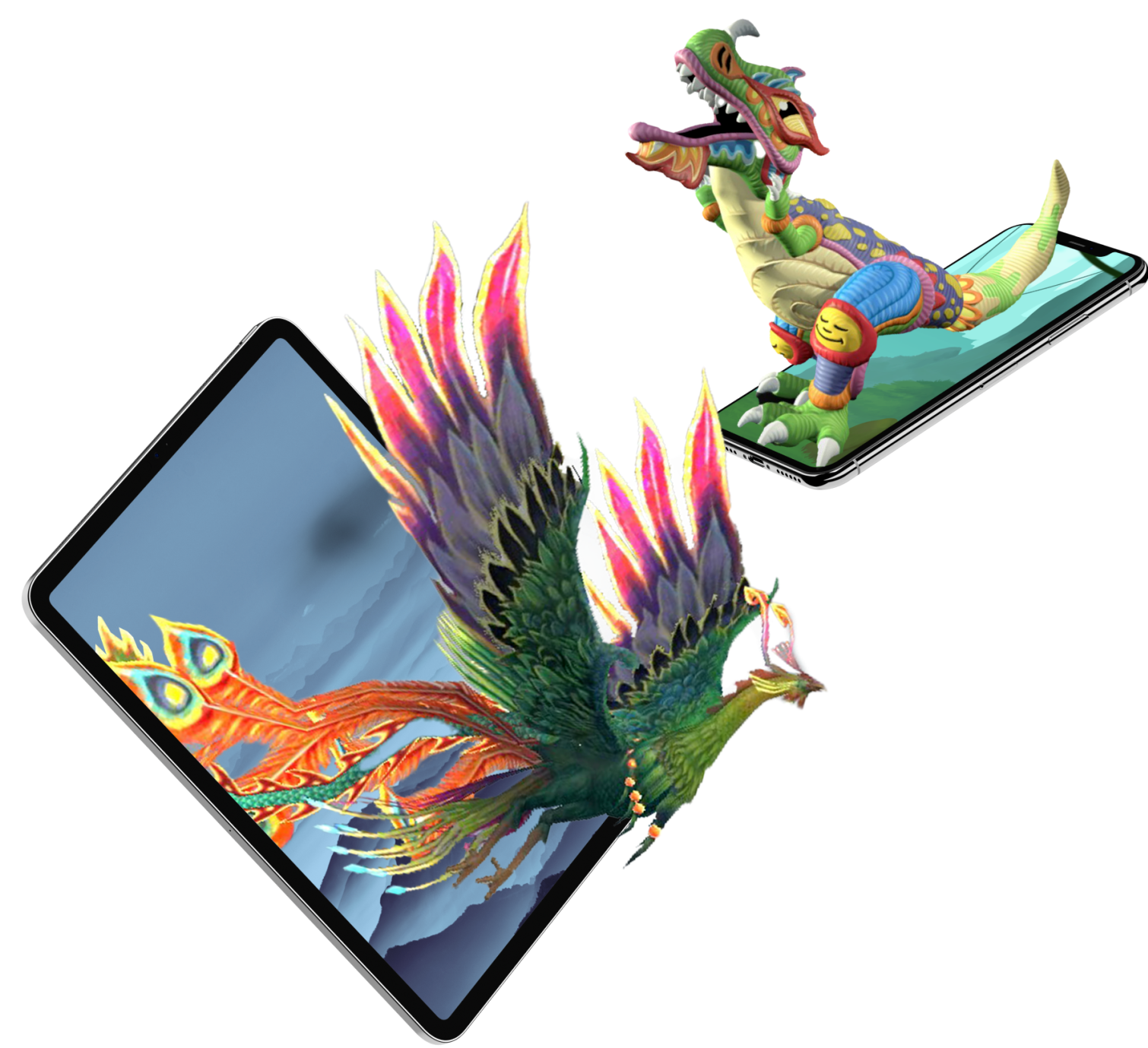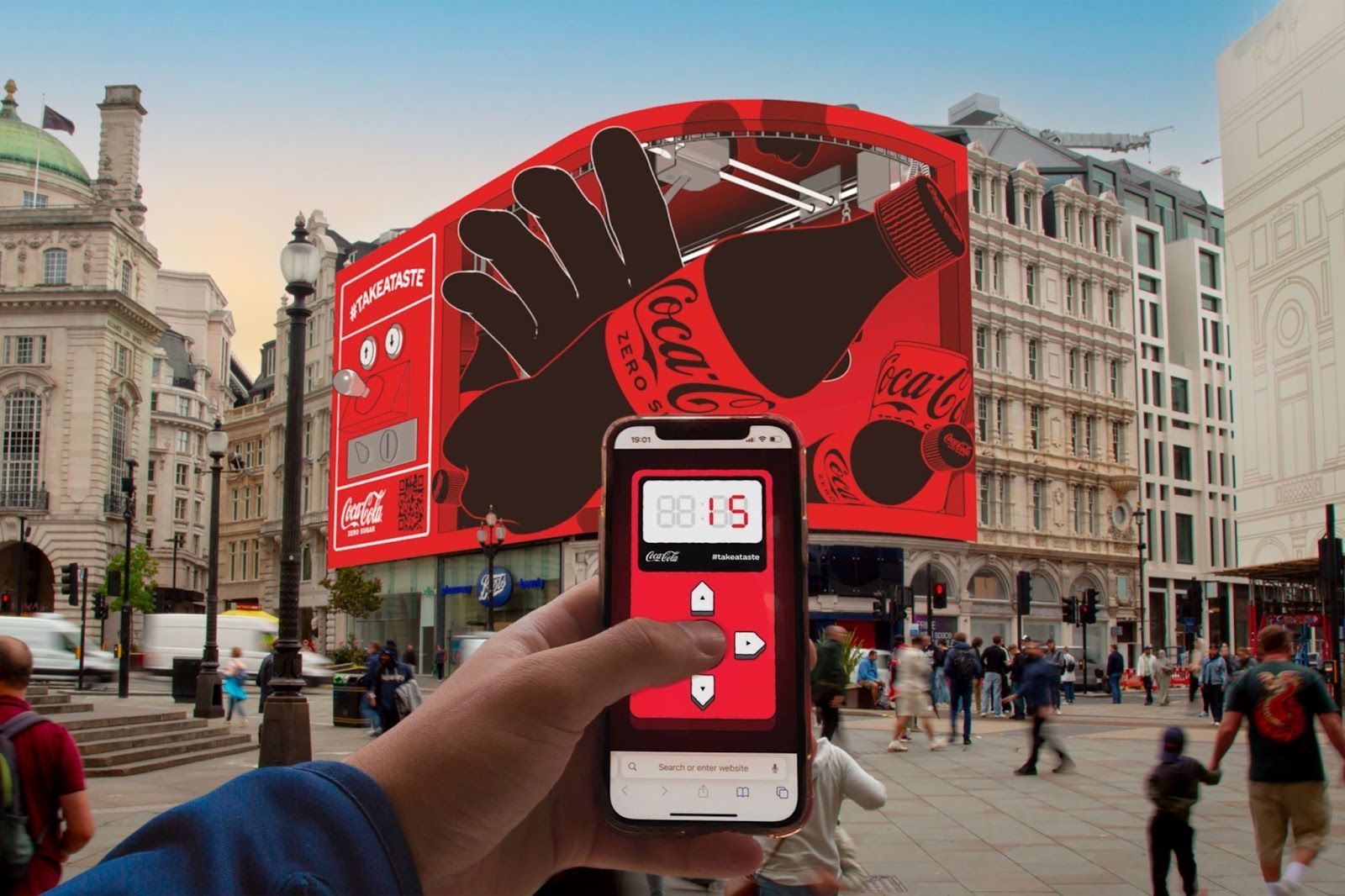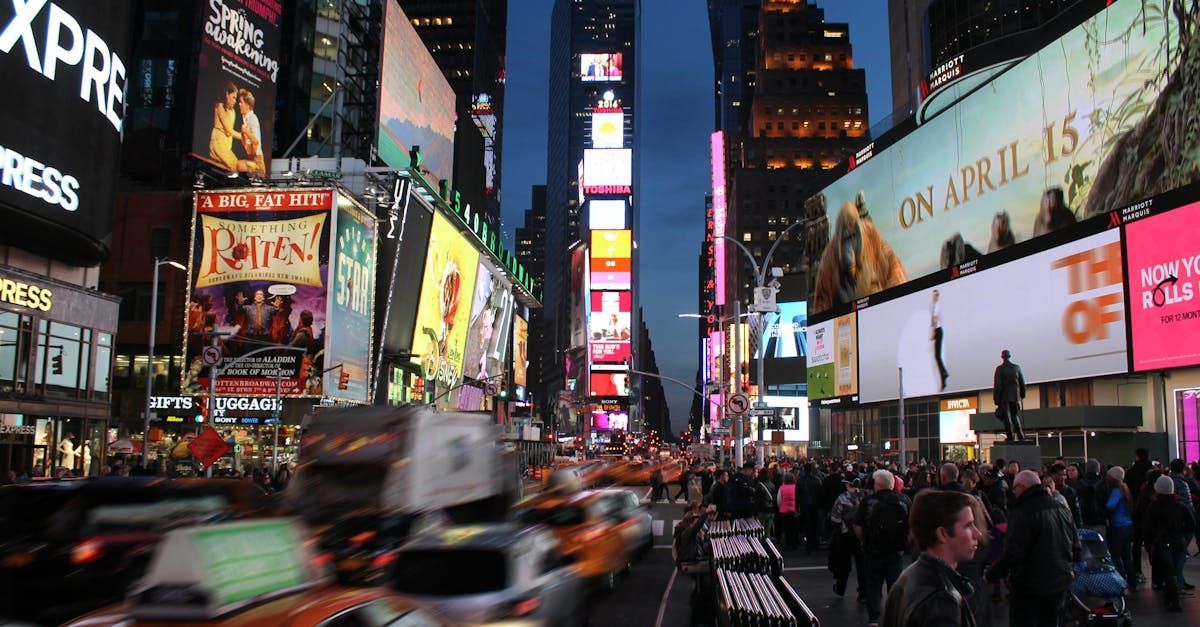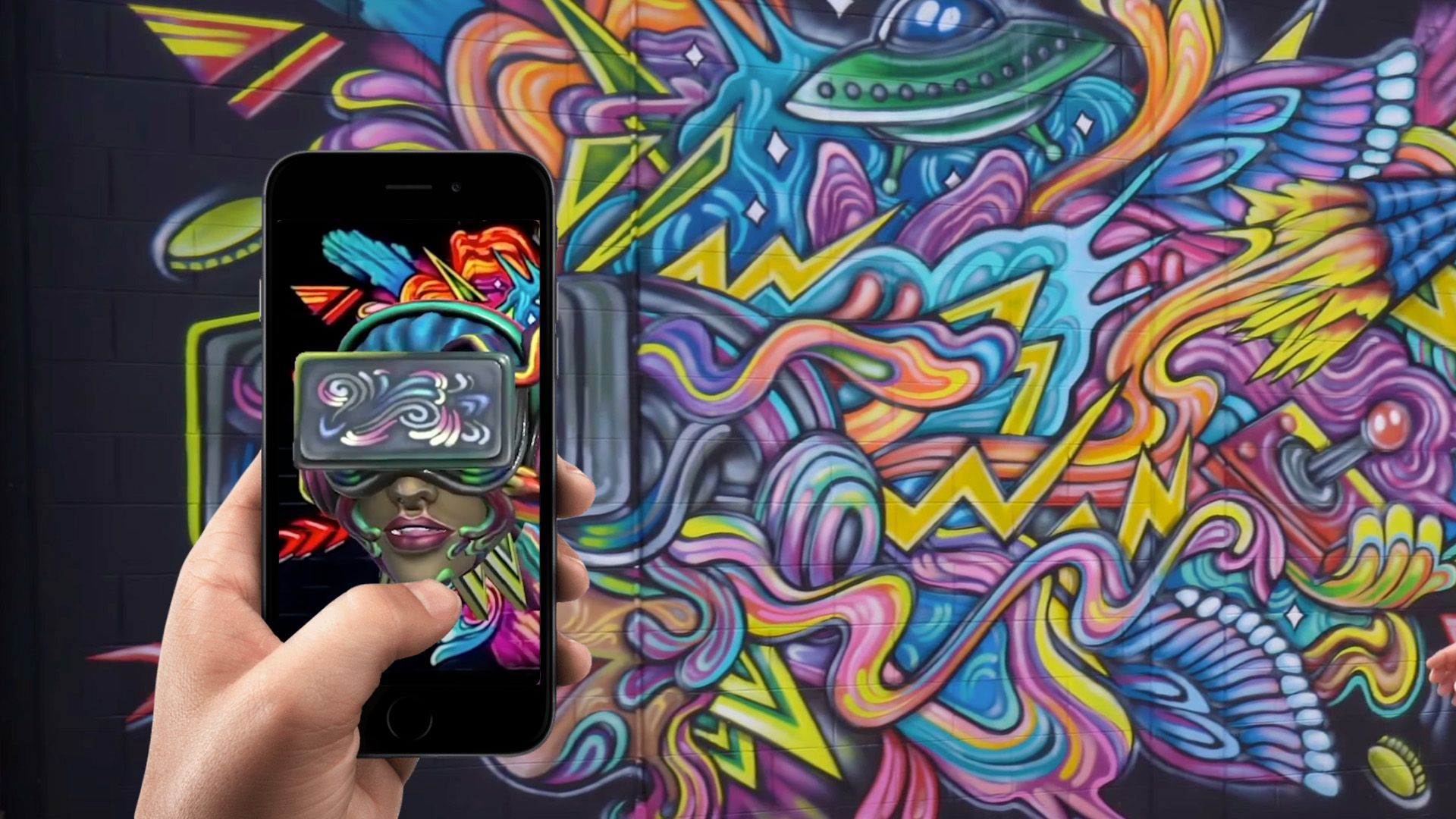The Merging Worlds of Augmented Reality and AI: A Futuristic Outlook
Augmented reality (AR) and artificial intelligence (AI) are two technological frontiers that have been advancing in parallel, and their convergence is opening up new and exciting possibilities. This article delves deep into understanding how augmented reality is not just a standalone technology but intricately linked with AI, creating solutions and experiences that were once thought to be the stuff of science fiction.
Understanding Augmented Reality
Augmented reality is a technology that overlays digital information onto the physical world. It enhances our perception of reality by integrating virtual elements into our surroundings. This technology has seen remarkable growth, finding applications in various fields such as gaming, education, healthcare, and more.
Exploring Artificial Intelligence
Artificial intelligence, on the other hand, refers to the simulation of human intelligence in machines. These AI systems are designed to think like humans and mimic their actions. AI is pivotal in decision-making processes, predictive analytics, and automation across numerous industries.
The Intersection of AR and AI
The intertwining of AR and AI is creating a new frontier in technology. AI algorithms can enhance the functionality of AR by enabling more intelligent and context-aware applications. This synergy is not only propelling technological advancements but is also redefining how we interact with the world around us.
The Evolution of Augmented Reality
The journey of augmented reality from its conceptual stages to its current state is nothing short of remarkable. From basic overlays to sophisticated, interactive experiences, AR has come a long way. This evolution is partly fueled by the advancements in AI, which have made AR more intuitive and immersive.
Early Beginnings and Technological Advances
Augmented reality's roots can be traced back to the early experiments in the 20th century. However, it wasn't until the advent of more powerful computing and AI technologies that AR began to take the shape we recognize today.
Key Milestones in AR Development
The development of AR has been marked by several key milestones. From the first head-mounted display systems to the latest mobile AR applications, each step has been a leap towards more immersive and interactive experiences.
Fundamentals of Artificial Intelligence
Understanding the fundamentals of AI is crucial to appreciate its role in augmented reality. AI encompasses various technologies, including machine learning, natural language processing, and computer vision, each playing a critical role in enhancing AR experiences.
What Defines Artificial Intelligence?
Artificial Intelligence is defined by its ability to perform tasks that typically require human intelligence. This includes learning, reasoning, problem-solving, perception, and language understanding.
AI's Role in Modern Technology
AI has become a cornerstone of modern technology, driving innovation across fields. Its ability to process and analyze vast amounts of data quickly and accurately makes it an invaluable asset in augmenting reality.
Augmented Reality in Today's World
Augmented reality today is much more than just a novel technology. It's a tool that's transforming how we interact with the world. From enhancing retail shopping experiences to aiding in complex surgeries, AR's applications are diverse and impactful.
Real-world Applications of AR
Augmented reality has found its way into various sectors, offering unique solutions to real-world problems. In retail, for example, AR allows customers to try products virtually. In healthcare, it assists surgeons by providing them with enhanced visuals during procedures.
Impact on Various Industries
The impact of AR is being felt across multiple industries. In education, it's being used to create immersive learning experiences. In real estate, it helps clients visualize properties in 3D. The potential of AR is vast, and its applications are continually expanding.
AI: The Brain Behind Augmented Reality
Artificial Intelligence serves as the brain behind augmented reality, making it smarter and more responsive. AI algorithms enable AR systems to understand and adapt to their environment, creating more dynamic and personalized experiences.
How AI Empowers AR
AI empowers AR by providing advanced capabilities like object recognition, spatial awareness, and real-time data analysis. This integration allows AR applications to be more than just visual overlays – they become context-aware and interactive.
Case Studies of AI-driven AR Solutions
Several case studies illustrate the power of AI-driven AR. For instance, in the automotive industry, AR dashboards use AI to provide drivers with real-time information about their surroundings. In retail, AI-enhanced AR mirrors suggest clothing based on customer preferences and body type.
Technological Synergy: AR and AI Combined
The combination of AR and AI is a perfect example of technological synergy. Together, they are more than the sum of their parts, offering enhanced capabilities that neither could achieve alone. This synergy is paving the way for innovative solutions that redefine user interaction and experience.
Enhancing User Experience with AI in AR
AI plays a crucial role in enhancing the user experience in AR. By understanding user behavior and preferences, AI can customize AR content, making it more relevant and engaging. This level of personalization is key to creating memorable and effective AR experiences.
Future Prospects of AR-AI Integration
The future prospects of AR and AI integration are boundless. As these technologies continue to evolve, we can expect even more sophisticated and seamless interactions between the digital and physical worlds. This convergence is set to revolutionize various aspects of our lives, from how we work and learn to how we entertain ourselves.
Challenges and Limitations
Despite the exciting possibilities, the integration of AR and AI also presents challenges and limitations. Technical hurdles such as processing power, battery life, and data privacy are significant concerns that need to be addressed as these technologies advance.
Technical Hurdles in AR and AI
One of the main technical challenges in combining AR and AI is the need for substantial computational power. Processing complex AI algorithms while rendering AR visuals in real-time requires advanced hardware and software solutions.
Ethical Considerations and Privacy Concerns
Ethical considerations and privacy concerns are paramount in the development and deployment of AR and AI technologies. Ensuring user data is protected and used ethically is a critical aspect that developers and companies must prioritize.
The Future of Augmented Reality and AI
Looking towards the future, the possibilities of augmented reality and artificial intelligence are virtually limitless. As these technologies continue to mature and integrate, we can expect groundbreaking innovations that will transform our interaction with the digital and physical worlds.
Predictions and Emerging Trends
Predictions for the future of AR and AI include more seamless integration, enhanced personalization, and increased adoption across various sectors. Emerging trends like the use of AR in remote work and education, as well as the development of more sophisticated AI algorithms, are shaping the trajectory of these technologies.
Potential Impact on Society and Industry
The potential impact of AR and AI on society and industry is profound. These technologies have the capability to revolutionize how we work, learn, and interact with each other. They offer solutions to complex problems and create opportunities for growth and innovation.
User Interaction with AR and AI
The way users interact with AR and AI is evolving. As these technologies become more sophisticated, the user experience is becoming more intuitive and immersive. This evolution is shaping a future where digital and physical realities are seamlessly blended.
User Experience Design in AR
User experience (UX) design in AR is crucial for creating engaging and effective applications. UX design in AR involves considering how users interact with both the physical and digital elements, ensuring a smooth and intuitive experience.
AI's Role in Personalizing Experiences
AI's role in personalizing user experiences in AR is significant. By analyzing user data and behavior, AI can tailor AR experiences to individual preferences, enhancing engagement and effectiveness.
Innovations and Breakthroughs
The field of AR and AI is ripe with innovations and breakthroughs. Researchers and developers are continually pushing the boundaries, creating technologies that are more advanced, efficient, and user-friendly.
Recent Innovations in AR and AI
Recent innovations in AR and AI include advancements in object recognition, spatial computing, and interactive interfaces. These developments are making AR more accessible and versatile, expanding its potential applications.
Notable Projects and Research
Notable projects and research in the field of AR and AI are leading the way in technological advancement. From academic research to commercial projects, these initiatives are laying the groundwork for the future of these technologies.
The Economic Impact of AR and AI
The economic impact of AR and AI is significant. These technologies are not only creating new markets but also transforming existing ones. They are driving growth and innovation, presenting new opportunities for businesses and entrepreneurs.
Market Growth and Investment Trends
The market for AR and AI is experiencing rapid growth, with increasing investment from both the public and private sectors. This growth is indicative of the potential these technologies hold and their importance in the future economy.
AR and AI in Business Strategies
Incorporating AR and AI into business strategies is becoming increasingly important. These technologies offer competitive advantages, from enhancing customer experiences to improving operational efficiency.
Educational and Training Applications
The applications of AR and AI in education and training are particularly promising. These technologies provide immersive and interactive learning experiences, making education more engaging and effective.
AR and AI in Education and Professional Training
In education and professional training, AR and AI are being used to create realistic simulations and interactive learning environments. This hands-on approach to learning is proving to be more effective and engaging than traditional methods.
Case Studies in Learning and Development
Case studies in learning and development demonstrate the effectiveness of AR and AI. These technologies have been used to train medical professionals, teach complex concepts in schools, and provide on-the-job training in various industries.
Ethical Implications and Social Responsibility
The ethical implications and social responsibility of developing and deploying AR and AI technologies are critical considerations. Ensuring these technologies are used for the betterment of society and do not infringe on individual rights is paramount.
Balancing Innovation with Ethical Considerations
Balancing innovation with ethical considerations involves ensuring that the development and use of AR and AI are guided by principles that prioritize the well-being of individuals and society as a whole.
Social Impacts of AR and AI
The social impacts of AR and AI are far-reaching. These technologies have the potential to improve the quality of life, enhance accessibility, and create new forms of social interaction. However, they also raise concerns about privacy, security, and the potential for misuse.
Augmented Reality and AI in Entertainment
In the world of entertainment, augmented reality and artificial intelligence are revolutionizing the way we experience media. From interactive gaming to immersive films, these technologies are creating new forms of entertainment that are more engaging and personalized.
AR and AI in Gaming and Media
AR and AI in gaming and media are creating experiences that are more interactive and immersive. These technologies allow for new ways of storytelling and gameplay, offering users a level of engagement that was previously unattainable.
Transforming the Entertainment Landscape
The integration of AR and AI is transforming the entertainment landscape. These technologies are opening up new possibilities for creators and audiences alike, creating experiences that are more engaging and personalized.
Conclusion
In conclusion, the synergy between augmented reality and artificial intelligence is a testament to the incredible advancements in technology. As these fields continue to evolve and intersect, we can expect to see groundbreaking applications that will reshape our reality and enhance our daily lives.
Summarizing the Synergy of AR and AI
The combination of AR and AI represents a significant step forward in technology. Together, these fields are creating solutions that are more intelligent, interactive, and impactful.
Future Outlook and Final Thoughts
The future of AR and AI is bright, with endless possibilities for innovation and advancement. As we continue to explore the potential of these technologies, we can look forward to a world where the boundaries between the digital and physical realms are increasingly blurred.
FAQs
1. How does AI enhance the capabilities of augmented reality?
AI enhances the capabilities of augmented reality by providing advanced functionalities like object recognition, spatial awareness, and personalized content. This integration allows AR applications to be more intelligent and context-aware, offering a richer user experience.
2. What are some practical applications of AR and AI in everyday life?
Practical applications of AR and AI in everyday life include navigation assistance, interactive shopping experiences, educational tools, and enhanced training simulations. These applications make everyday tasks more engaging and efficient.
TALK TO A PRO
We're here to bring your brand to life!
Stay Connected with BrandXR
Create Augmented Reality for Free!
Create, Publish, and Measure 3D Augmented Reality Experiences Without Having to Code.














